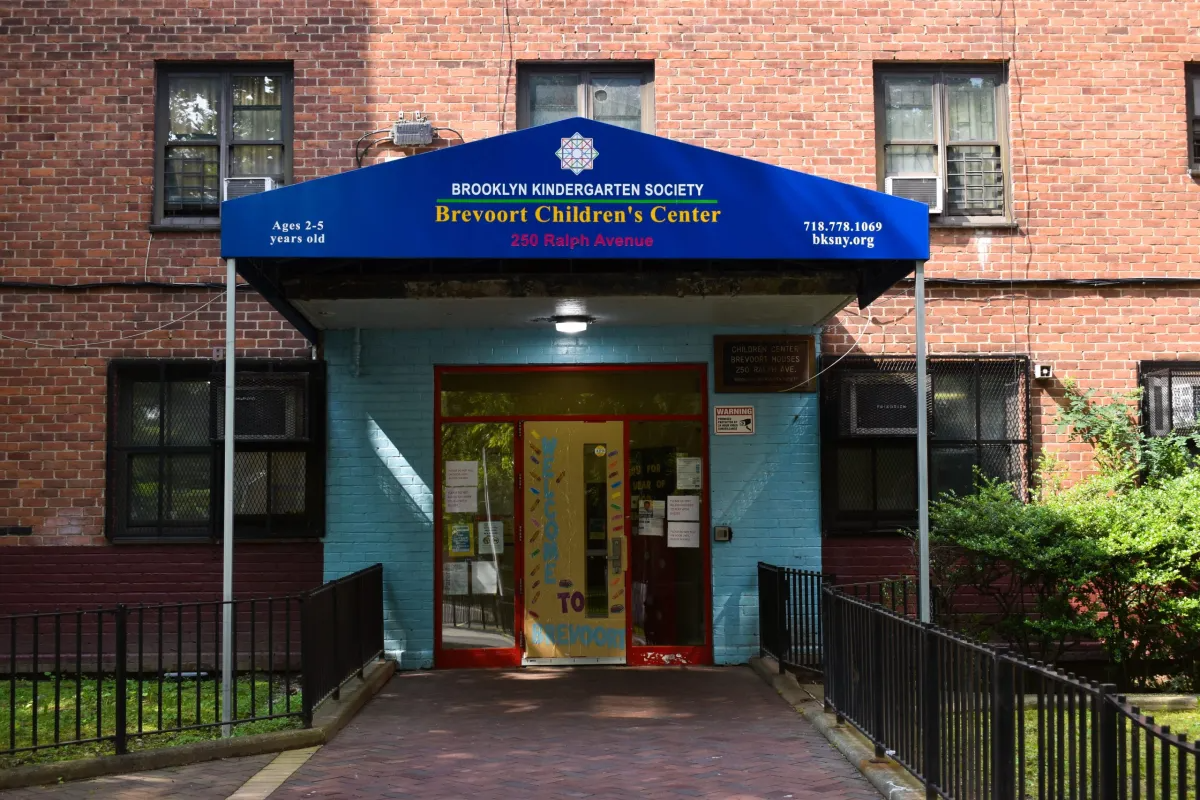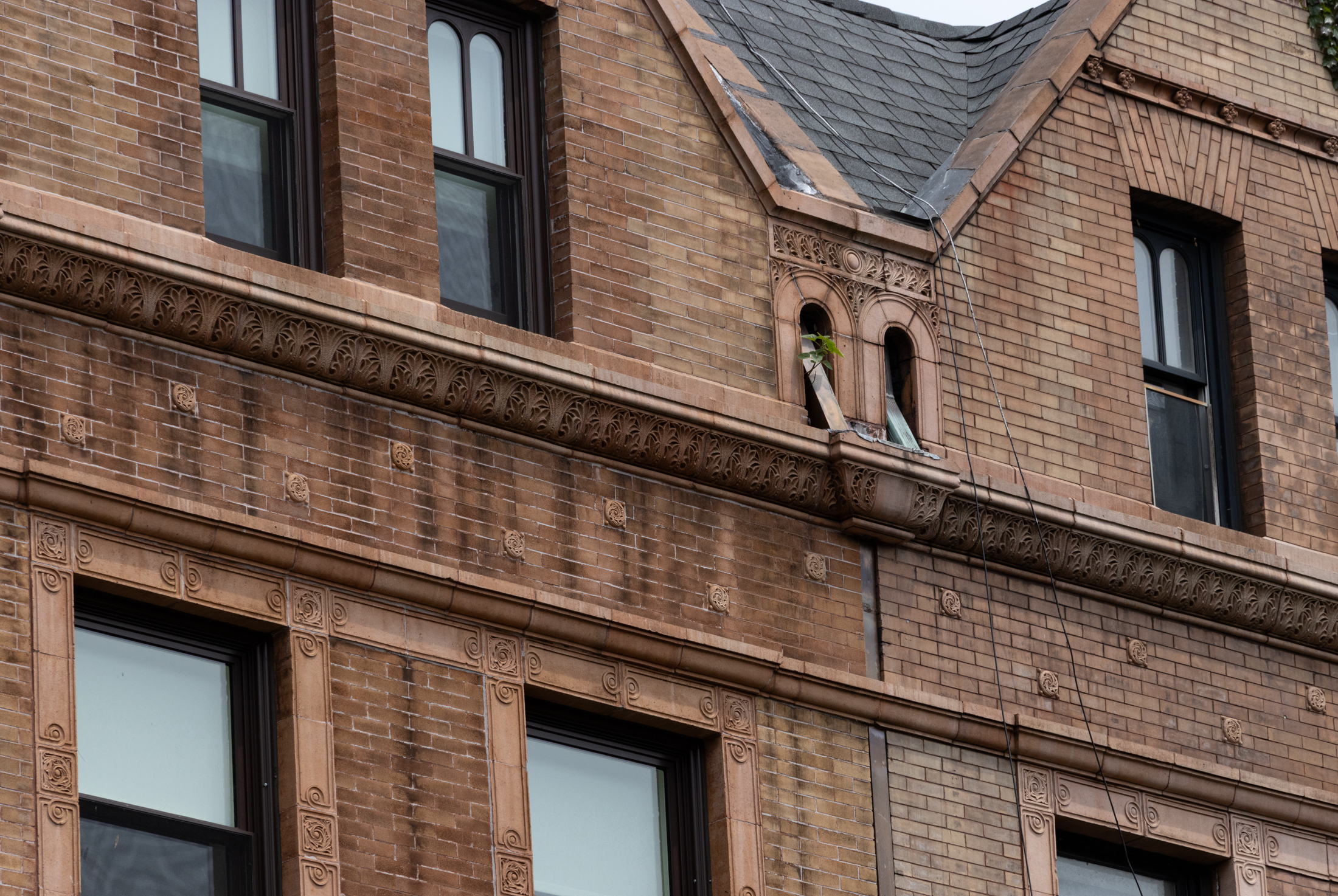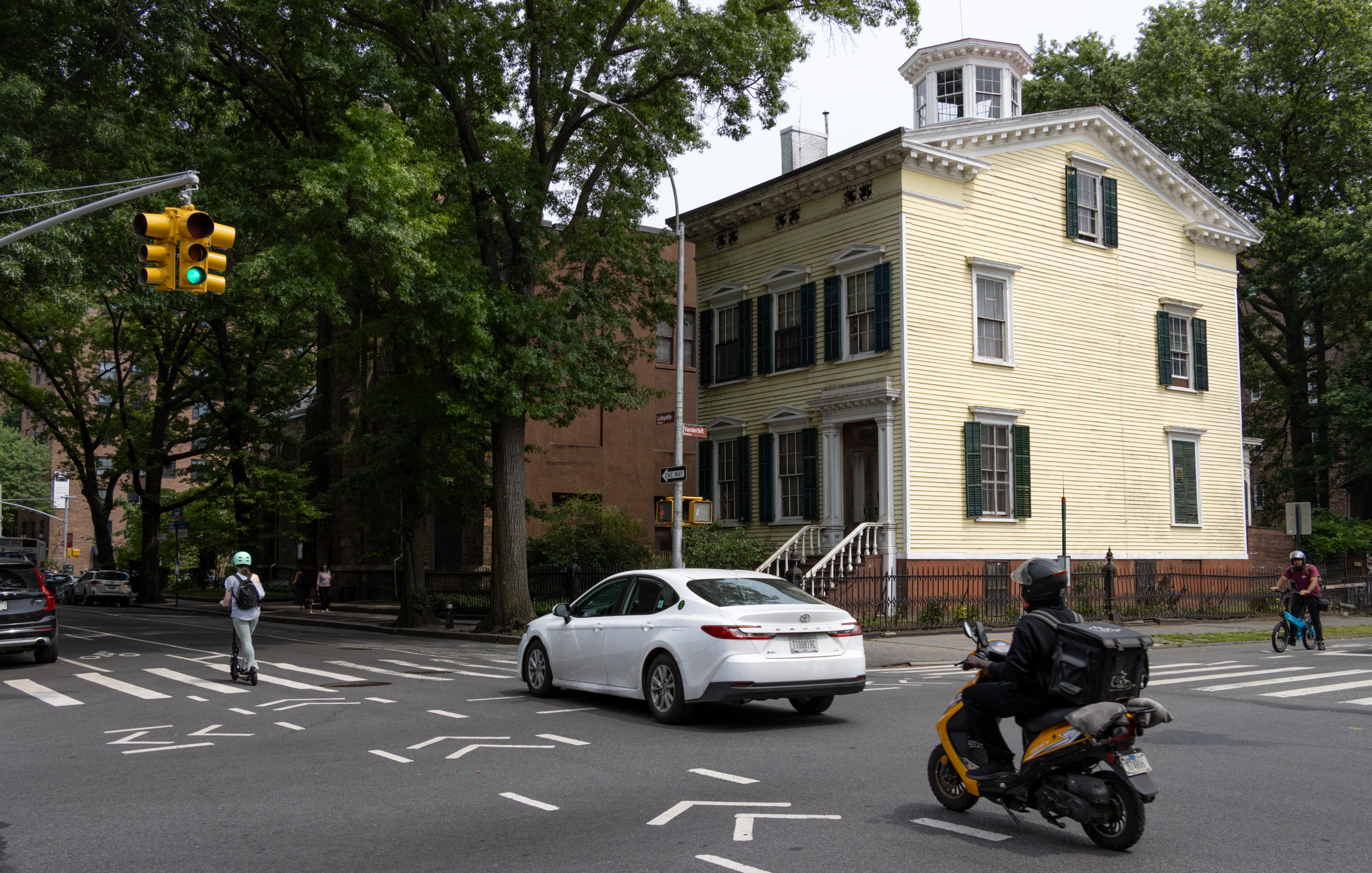The History of the Roosevelt Island Bridge
Roosevelt Island is technically part of Manhattan, although it is definitely “its own thing.” Tangibly, the island is connected by the famous Roosevelt Island tram on the western or city-facing side. All vehicles, including Emergency Services like the Fire Department, will find that the only game in town for getting onto the island is by…


Roosevelt Island is technically part of Manhattan, although it is definitely “its own thing.” Tangibly, the island is connected by the famous Roosevelt Island tram on the western or city-facing side. All vehicles, including Emergency Services like the Fire Department, will find that the only game in town for getting onto the island is by going through Queens.
By the standards of East River Bridges, she’s a twerp. The tiny span is more than a bit overshadowed by it’s spectacular neighbors (Queensboro, Triborough, and Hellgate are nearby) and sits half hidden behind a power plant in Ravenswood. She’s the Roosevelt Island Bridge.
From nyc.gov:
The Roosevelt Island Bridge is a tower drive, vertical lift, movable bridge across the East Channel of the East River between the borough of Queens and Roosevelt Island, New York City. The span length is 418 feet.

Access to the island was strictly by boat until about 1916, when an elevator for trucks was installed on the newly minted Queensboro Bridge (which opened in 1909). The ferry continued until 1957, I’m told, when service from Manhattan’s 78th Street was discontinued.
Blackwell’s Island, later known as Welfare Island, was where the 19th century New York City government (which included only Manhattan and part of the Bronx at the time, with distinct municipal entities residing in Queens, Brooklyn, and the rest) had established an infamous collection of poor houses, prisons, and mental institutions. Their excesses made for lurid newspaper coverage.
From freeclassicaudiobooks.com:
In 1887 Nellie Bly, one of the first female newspaper writers, and a young reporter who would soon go on to make a career for herself as an investigative journalist and stunt reporter, had herself committed to the Blackwell’s Island Insane Asylum in New York. Her purpose was to discover what life was like for those who had been deemed insane. She was surprised to discover the depth of mistreatment of the patients. Partially as a result of her reporting, more money was allocated to the asylum and reforms were put into place.

Hopelessly overcrowded and causing delays on Mighty Queensboro, the elevator system was a mess which frequently broke down, and the ferry service was inadequate for traffic demand, so work began on a new East River Bridge in 1952 – a structure which was originally dubbed the “Welfare Island Bridge.”
Like the nearby Pulaski Bridge over Newtown Creek, which was erected during the same era, Frederick H. Zurmuhlen of the Department of Public Works oversaw the design and construction of the Welfare Island Bridge. One of the unsung men who built the modern city, Zurmuhlen served under three mayors.
The Welfare Island Bridge opened officially on May 18th, 1955.
From Wikipedia:
Roosevelt Island, known as Welfare Island from 1921 to 1973, and before that Blackwell’s Island, is a narrow island in the East River of New York City. It lies between the island of Manhattan to its west and the borough of Queens to its east. Running from Manhattan’s East 46th to East 85th streets, it is about two miles (3 km) long, with a maximum width of 800 feet (240 m), and a total area of 147 acres (0.59 km2).

Welfare Island, as mentioned, was where the City of New York had based penitentiary, hospital, orphanage, and poor houses during the 19th century. In 1921, the consolidated City of Greater New York rechristened (or rebranded) the place as Welfare Island, hoping to change the manner in which the citizenry regarded it. That name stuck until 1971, when a wave of Federal urban development money during the “Great Society” era allowed the administration of Mayor John Lindsay purchase to plan and redevelop the institutional island as a residential community.
That’s when it became Roosevelt Island, and this vertical lift bridge over the East River became the Roosevelt Island Bridge.
From Wikipedia:
The New York State Urban Development Corporation (UDC) operated New York City’s Welfare Island, as Roosevelt Island was previously known, prior to RIOC. Development of the island was based on the principles of urban “new communities” under President Lyndon Johnson’s “Great Society” programs of the 1960s and early 1970s, and development of the “new” community there was authorized by the 99-year ground lease and accompanying General Development Plan (GDP) agreed upon by New York City and New York State in 1969. The NY State GDP, which has been amended from time to time, provides for the development of housing, shops and community facilities for a mixed-income, handicap-accessible residential neighborhood.

The Welfare Island Bridge, known to modernity as the Roosevelt Island Bridge, has recently undergone a refurbishment and makeover. Much was made of the cosmetic improvements to the span, but the reality of the investment was a determination that in case of a seismic event – which the City of New York is long overdue for – the bridge would suffer catastrophic damage.
A highly technical description of NYC’s earthquake risk factors, prepared in 1998 by the NY State DOT, can be accessed here.

Of course, over on the Queens coast the bridge has an auspicious neighbor, a power plant known to longtime New Yorkers simply as “Big Allis.”
The Ravenswood Generating Station, aka Big Allis, was discussed in this BsQ posting a few months ago – check it out if you’re curious.

The Roosevelt Island Bridge makes landfall on the Long Island at Vernon Avenue and 36th Street in Queens, incidentally. A lot of the chatter which I’ve overheard recently speculates about the effect that the Cornell University facility on the island will have on the value of property in this lonely corner of the borough of Queens.
Special thanks to Judy Berdy of the Roosevelt Island Historic Society for her contributions and help.
Newtown Creek Alliance Historian Mitch Waxman lives in Astoria and blogs at Newtown Pentacle.





What's Your Take? Leave a Comment